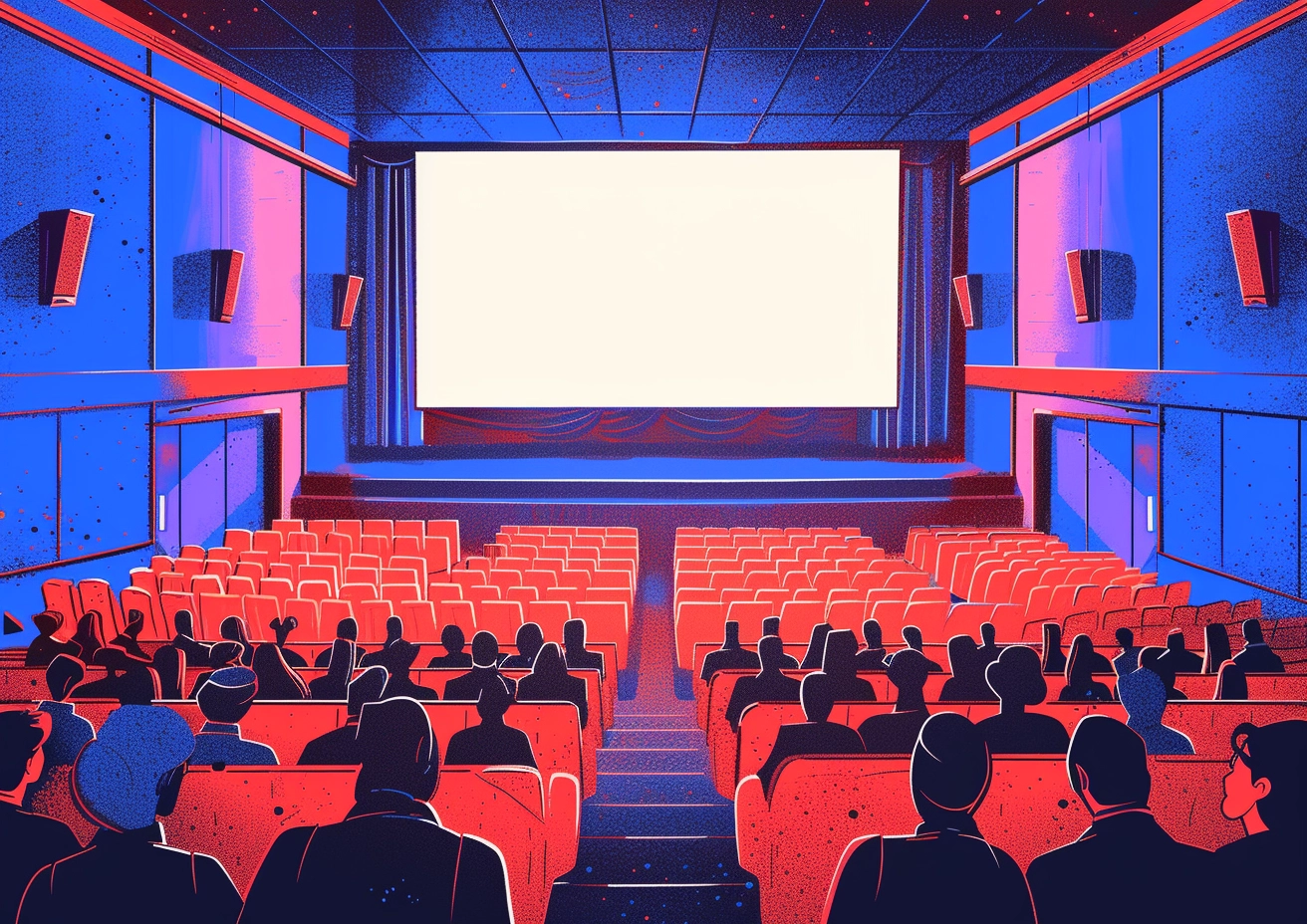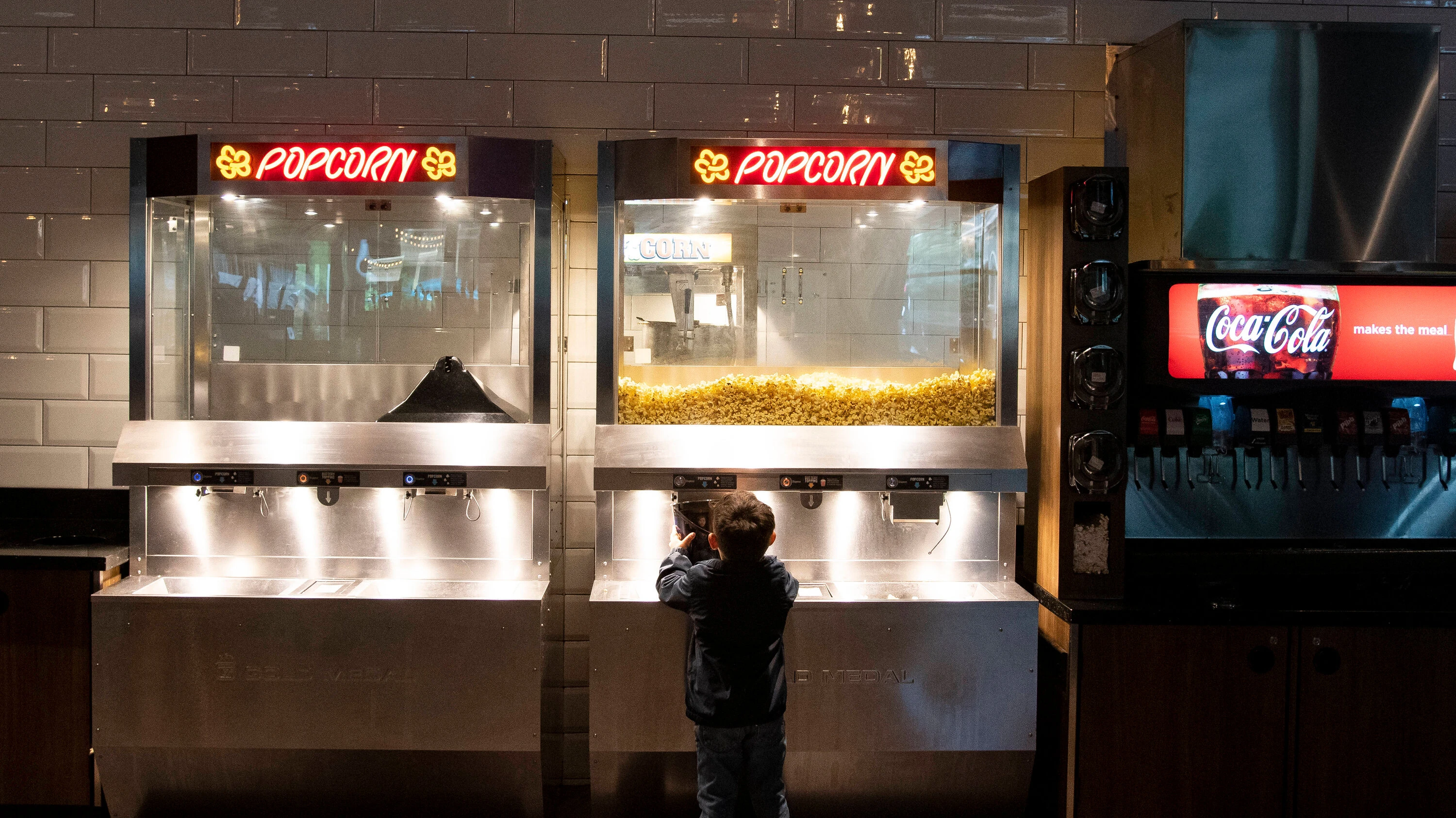How Self-Service Technology is Transforming Snack Time at the Movies

The movie theater industry is undergoing a significant transformation, with technological innovations reshaping the traditional cinema experience. Among these advancements, self-service technology, particularly in the realm of concessions, is playing a pivotal role. This technology is not only enhancing the efficiency of operations but also elevating the customer experience, making snack time at the movies a seamless and enjoyable part of the overall outing.
The Evolution of Concessions: From Counter to Kiosk
Historically, purchasing snacks at the movies involved standing in long lines, waiting for staff to take orders and process payments. This often resulted in a bottleneck effect, especially during peak times, leading to customer frustration and lost sales. However, the advent of self-service kiosks and mobile ordering systems has revolutionized this process.
Self-service kiosks allow customers to browse the menu, place their order, and make payments without human interaction, drastically reducing wait times. Mobile ordering apps take this convenience a step further by enabling moviegoers to order and pay for their snacks from their smartphones, even before arriving at the theater. These advancements mean that customers can now enjoy a more relaxed and efficient concession experience, contributing to a more enjoyable movie-going experience overall.
The Impact on Customer Experience
The primary advantage of self-service technology in movie theater concessions is the significant improvement in customer experience. By minimizing wait times, theaters can serve more customers more efficiently, leading to higher satisfaction levels. This efficiency also opens up opportunities for theaters to introduce a wider variety of food and beverage options, as the streamlined process allows for more complex orders to be fulfilled with ease.
Moreover, self-service technologies often come with personalized recommendation systems, based on previous purchases, enhancing the customer's experience by making it easier for them to find their favorite snacks or discover new ones. This level of personalization not only improves the customer experience but can also increase concession sales through targeted upselling and cross-selling strategies.
Operational Efficiency and Revenue Growth
For theater operators, the introduction of self-service technology represents an opportunity to achieve significant operational efficiencies. These systems can handle a high volume of transactions with greater accuracy, reducing the likelihood of human error and the need for staff intervention. This efficiency allows theaters to reallocate their human resources to areas where they can add more value, such as enhancing customer service or maintaining the cleanliness of the venue.
Furthermore, self-service technologies can provide valuable data analytics, offering insights into customer preferences, peak times, and best-selling items. This information is crucial for inventory management, helping theaters to optimize their stock levels and reduce waste. Additionally, the data gathered can inform strategic decisions regarding menu adjustments and promotional offers, ultimately driving revenue growth.
The Future of Snack Time at the Movies
As technology continues to evolve, the future of snack time at the movies looks even more promising. We can expect to see further integration of mobile technology, with apps offering not just ordering and payment capabilities but also augmented reality features that enhance the menu browsing experience. For instance, customers might be able to see 3D models of snacks and drinks, making the selection process more interactive and fun.
Another potential development is the use of artificial intelligence to predict customer preferences and manage inventory in real-time, ensuring that popular items are always in stock. Additionally, sustainability initiatives, such as the use of biodegradable packaging and the reduction of food waste through precise inventory management, are likely to become more prevalent, aligning with the growing consumer demand for eco-friendly practices.
Challenges and Considerations
While the benefits of self-service technology are clear, there are challenges and considerations for theater operators. The initial investment in hardware and software can be significant, and there is a need for ongoing maintenance and updates to ensure the technology remains reliable and secure. Moreover, while many customers appreciate the convenience of self-service, some may miss the human interaction traditionally associated with the movie-going experience. Therefore, theaters must strike a balance, offering both self-service options and staffed counters to cater to all preferences.
There is also the challenge of ensuring that the technology is accessible and user-friendly for all customers, including those who are not tech-savvy or have disabilities. This requires thoughtful design and potentially, staff training to assist customers in using the kiosks or apps.
Conclusion
Self-service technology is transforming snack time at the movies, bringing unprecedented levels of convenience, efficiency, and personalization to the concession stand. As theaters continue to adopt and innovate with these technologies, customers can look forward to an even more enjoyable and seamless movie-going experience. For theater operators, the move towards self-service offers a powerful tool for enhancing customer satisfaction, improving operational efficiency, and driving revenue growth. Despite the challenges, the potential benefits make it clear that self-service technology will play a crucial role in the future of movie theater concessions.

